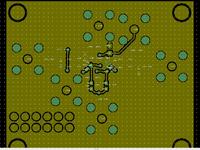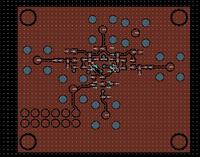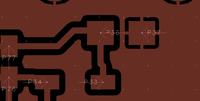Coust
Member level 2
substrate definition in ADS 2011
Hello there I'm looking to set a substrate in ADS2011 to simulate a PCB design. The problem I face is that I have a 2 metal layer PCB: cond1 dielectric cond 2 because I have path in both sides of the board. I would like to get a EMmodel to simulate in schematic but it seems that is not working as It should do and I think that the problem is the GND definition. If I have this cond1 dielectric cond 2 where (and how) do I have to set the GND?
Ty very much
Substrate I have right now:

Hello there I'm looking to set a substrate in ADS2011 to simulate a PCB design. The problem I face is that I have a 2 metal layer PCB: cond1 dielectric cond 2 because I have path in both sides of the board. I would like to get a EMmodel to simulate in schematic but it seems that is not working as It should do and I think that the problem is the GND definition. If I have this cond1 dielectric cond 2 where (and how) do I have to set the GND?
Ty very much
Substrate I have right now:

Last edited:


